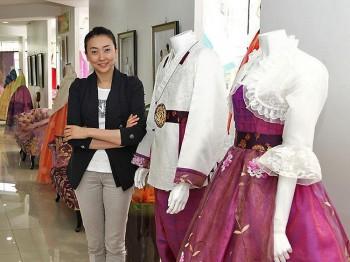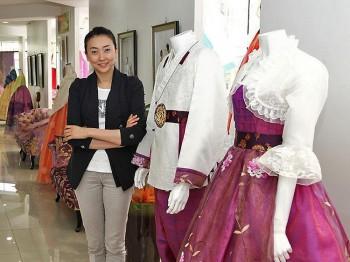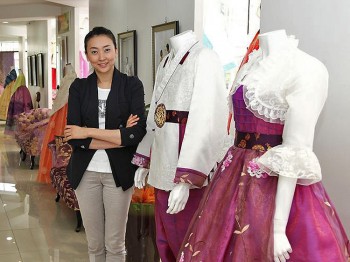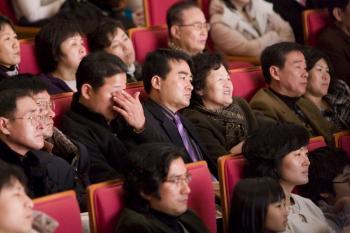The Traditional Hanbok in the Modern World
Traditional Korean clothing, locally called hanbok, has gradually won favor by people from different parts of the world.

MODERN: Lee Hyeon-jeong standing next to a set of modernized hanbok for wedding ceremonies. Quan Yu/The Epoch Times
|Updated:




